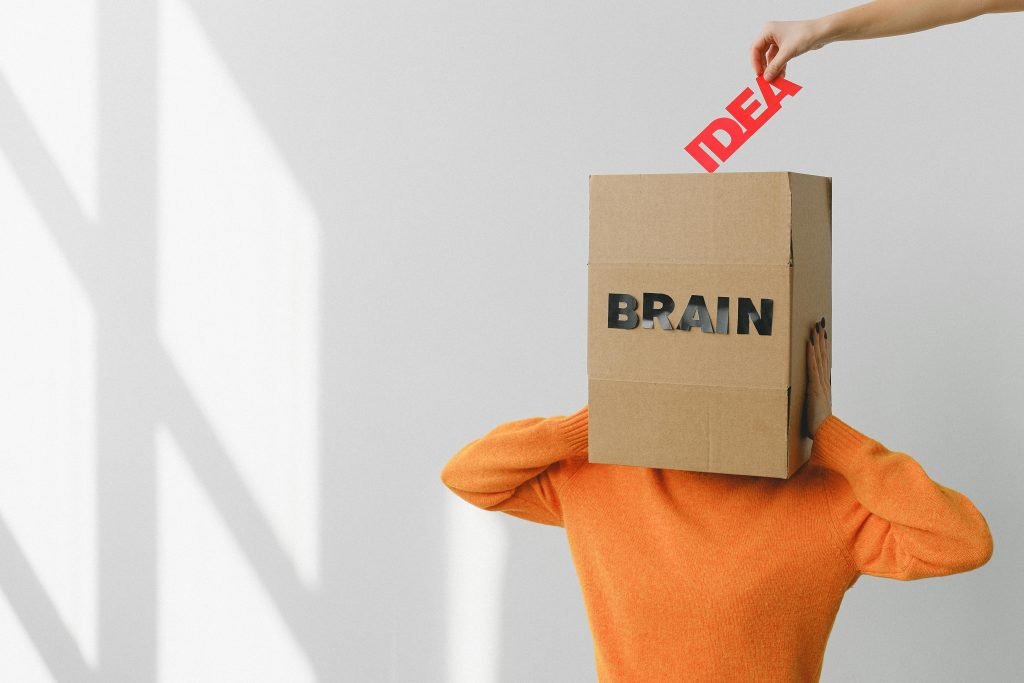The Hilarious Evolution of Books to E-Books
From Cave Walls to Kindles
Once upon a time, humans communicated by grunting, pointing, and occasionally drawing on cave walls with questionable artistic skills. Fast forward a few millennia, and we’ve somehow gone from stone tablets to “Alexa, read me a bedtime story.”
Let’s take a wild ride through the absurd, dramatic, and downright ridiculous evolution of books into e-books. Buckle up—this history lesson is funnier than a Shakespearean comedy (but with fewer tights).
PHASE I
The Stone Age – When Books Weighed a Ton (Literally)
Medium: Giant slabs of rock
Pros:
- Doubled as a self-defense weapon.
- Never ran out of battery.
- Excellent for pressing flowers (or enemies).
Cons:
- Terrible for bedtime reading (imagine rolling over onto a stone tablet).
- Not exactly “portable” (early commuters had back problems).
- Editing required a chisel and a lot of patience.
Verdict: The original “hard” copy.
PHASE II
Papyrus & Parchment – The OG Paperback
Medium: Crushed plants and animal skins (yum)
Pros:
- Lightweight (compared to boulders).
- Scrolls made you look mysterious and scholarly.
- Great for dramatic unrolling in front of an audience.
Cons:
- One spilled goblet of wine and your entire library was toast.
- Scribes had terrible handwriting (medieval autocorrect didn’t exist).
- If you dropped a scroll, it rolled away like a runaway yoga mat.
Verdict: The first “Kindle” was just a guy kindling a fire to read by.
PHASE III
The Printing Press – When Books Went Viral (Before "Viral" Was a Thing)
Medium: Actual paper (revolutionary!).
Pros:
- Mass production meant even peasants could pretend to be intellectuals.
- Finally, bookmarks had a purpose!
- Smelling books became a weirdly popular hobby.
Cons:
- Early books had zero pictures (thanks, Gutenberg).
- If you fell asleep reading, you got a paper cut and a face full of ink.
- Lending a book to a friend meant you might never see it again.
Verdict: The original “going viral” was just ink on paper.
PHASE IV
The Paperback Revolution – Books for the Masses (And Beach Trips)
Medium: Cheap, flimsy paper (perfect for sand and sunscreen stains).
Pros:
- Lightweight and portable (finally!).
- Doubled as a fan in hot weather.
- Perfect for dramatic subway reading.
Cons:
- The spine always cracked after one read.
- Rain turned your book into soggy cereal.
- People judged you by your cover (literally).
Verdict: The Gateway Drug to becoming a book hoarder.
PHASE V
The Digital Age – When Books Became Fancy Pixels
Medium: E-readers, tablets, phones (because why not?).
Pros:
- Carry 10,000 books in your pocket (or just one really long fantasy series).
- Adjustable font size (finally, no squinting!).
- Built-in dictionary for when authors use big words to sound smart.
Cons:
- No more judging people by their bookshelves (sad snooping noises).
- “Low battery” is the new “I lost my page.”
- Accidentally tapping the screen and losing your place forever.
Verdict: Books went from “Don’t bend my pages!” to “Don’t crack my screen!”
The Future: Brain Chips & Holographic Books?
At this rate, in 50 years, we’ll probably just download books directly into our brains. Imagine:
Pros: Instant knowledge! No reading required!
Cons: Your brain crashes and you forget how to blink.

Final Thought: Which Is Better?
Honestly, both have their perks:
Physical books = “Ah, the smell of ancient wisdom (and mildew).”
E-books = “I have the entire Library of Alexandria in my pajama pocket.”
So whether you’re a paper purist or a digital devotee, just keep reading—preferably without dropping your tablet or a stone tablet on your foot.
What’s your favorite way to read? Physical, digital, or carved into a cave wall? Share below! 📖😆
